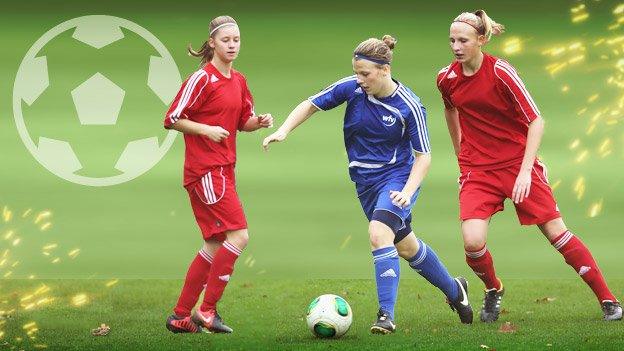Artificial pitches: 'One goal-kick bounced over the crossbar'
- Published

The scene at the first ever Football League game on an artificial surface, in September 1981 when QPR lost 2-1 to Luton in a Second Division match at Loftus Road
A psychological edge? A nightmare to play on? Increasing risk of injury? A potential cash cow for lower-league clubs?
In what could have been a game-changing moment for English football, League One and Two club chairmen voted on Thursday on whether to bring back artificial pitches.
The vote was tied, which rules out the prospect of plastic pitches being used in the lower leagues next season.
However, Football League chief executive Shaun Harvey hinted that discussions will continue and did not rule out another vote further down the line.
Four clubs in England - QPR, Luton, Preston and Oldham - installed a plastic playing surface in the 1980s.
Those who remember the bouncing ball and diving goalies wearing long trousers to avoid suffering carpet burns may groan at the prospect of a return to those days.
But with the technology involved in making artificial pitches much improved since then, is it really such a bad thing?
BBC Sport examines the pros and cons of the plastic pitch.
Just what is a plastic pitch?
You want the exact description? Well, it isn't the sexiest sentence you are ever going to read. But artificial turf is a surface made up of synthetic fibres made to look like natural grass.
A bit like the Beatles and going to the moon, it became popular in the 1960s when an American chap called David Chaney, helped by a team of researchers, created the first artificial piece of turf. By the early 1970s there were plastic pitches at baseball and football grounds throughout the US and Canada.
Four English clubs had it in the 1980s, didn't they?
Indeed. QPR were the first to install one in 1981, followed by Luton, Preston and, most famously, Oldham Athletic, who rose to the top flight using a plastic pitch at Boundary Park.
Joe Royle, Latics manager back then, remembers it well. "I always thought, psychologically, that it gave us an edge," said the 65-year-old.
"I made a point of watching the opposition's reaction when they arrived. If they stuck their heels in and shook their heads, I knew we had the upper hand."
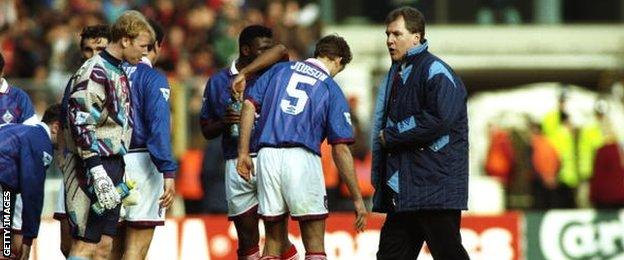
Joe Royle took Oldham to the Premier League, a League Cup final and an FA Cup semi-final between 1982 and 1994
Oldham's plastic pitch was quite advanced for its time, based on a model used in Europe. But Royle says QPR's was very different.
"It was a nightmare, basically a layer of Astro Turf on top of concrete," he said. "I once saw a keeper take a goal kick and it bounced so high that it flew over the crossbar at the other end."
Why did the clubs revert to grass?
The answer is simple, because of growing concerns that it gave the home team an unfair advantage and complaints from those within the game.
QPR were the first to get rid of theirs, in 1988. Preston were the last, ripping up the plastic at Deepdale in 1994. A year later artificial pitches were banned from English professional football.
Plastic pitches |
|---|
Loftus Road, home of QPR, was the first English ground to lay a plastic pitch in 1981. It stayed until 1988 |
Preston North End were the last of four clubs to try the experiment, putting theirs down in 1986 before ripping it up in 1994 |
Non-league Hyde lasted a year longer, not replacing theirs until 1995 |
So why are clubs considering having them back?
Because today's modern 3G pitches are miles better. Oh and they're cheap to maintain and can be hired out, making them an attractive proposition to cash-strapped clubs lower down the footballing pyramid.
"They have a place in the game, all the early taboos have been laid to rest," said Royle, now overseeing the development of under-21 players at Everton. "It makes sense for clubs who are struggling and it certainly saves on training facilities.
"I have seen so many grass pitches that aren't a patch on synthetic pitches, so I don't see what the problem is with bringing them in at clubs outside the Premier League."
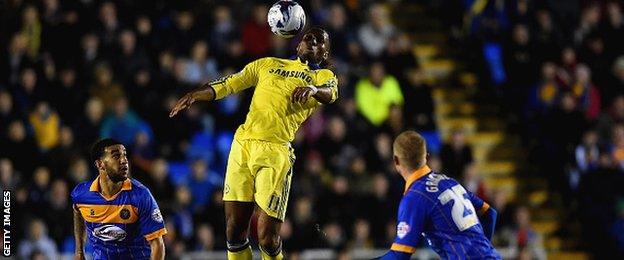
Shrewsbury, flying high in League Two and who recently gave Chelsea a scare in the League Cup, will not be having a plastic pitch at New Meadow
Why don't they go ahead and do it then?
Price and tradition. Over to Matt Williams, chief executive at Shrewsbury Town. "We'll be voting no for quite simple reasons, because we believe football should be played on grass," he said.
"The Football League should instead encourage lower league clubs to get their dressing rooms and floodlights up to scratch because some of the facilities are barely of a professional standard."
Williams also has an issue with the cost. "We've been told they are about £400,000 to install," he said. "Now if I said to my manager, 'I am taking £400,000 out of your transfer budget to pay for a plastic pitch', he would think I was mad."
There are other downsides. It doesn't last forever so will need replacing. It also requires regular cleaning.
How exactly do today's artificial pitches differ from the 1980s?
Back in the day it is generally agreed that the standard of football suffered as the ball pinged around and bounced high. It also smarted, with players who fell on the surface often suffering carpet burns. It is why goalkeepers playing on plastic pitches always wore long trousers.
But technology has moved on and today's 3G pitches are, the experts tell us, so like real grass it is hard to spot the difference.
Billy Martin, the managing director of Kestrel Contractors, a firm that installs both artificial and natural grass pitches, said: "3G pitches, which feature rubber-crumb granules, are akin to organic grass in terms of their performance and the main advantage is you can play on them 24/7.
"On grass, in the winter months, you might only be able to use them once or twice a week before they start to deteriorate.

Gareth Bale inspired Wales to victory in Andorra despite the Real Madrid star not being happy with the playing surface.
"An artificial pitch can be a cash cow for a lot of lower league clubs because they can rent out the pitches, whereas a club like Arsenal don't have to maximise their revenue in that way."
And on the claims artificial pitches cause more injuries?
Martin said: "You will get injuries on any type of surface. The injuries aren't as problematic as with the older synthetic pitches - you will still get the burns but not to any extent. It's nothing worse than you might get on some dry pitches in the summer months."
They are already allowed in the FA Cup and, from next season, in all three Conference divisions too.
Uefa, European football's governing body, certainly doesn't seem to have a problem with them.
As well as allowing Champions League and Europa League clubs to use artificial surfaces, international teams such as Andorra play their home Euro 2016 qualifiers on a 3G pitch.
Wales and Real Madrid forward Gareth Bale, however, is clearly not a fan. He described it as the worst pitch he had played on after the visitors' 2-1 win in September.
The cost of plastic |
|---|
Installation costs between £300,000 and £500,000 and takes 8-12 weeks to complete |
Additional revenue from an artificial pitch, based on 40 hours use per week, would be worth around £165,000 a year |
It takes eight weeks to return to a grass pitch and costs around £150,000 |
Is everything fine now then?
Not exactly. The Professional Footballers' Association says it is "surprised and disappointed" that some lower league chairman were in favour of bringing back plastic pitches.
Simon Barker, who made more than 500 appearances in a 17-year career, and is now assistant chief executive at the PFA, said: "It would seem that they are being driven by promises of increased commercial revenue streams and not for reasons of quality, integrity and safety."
The Football League says several studies have been published by Uefa, Fifa and various universities and, as yet, there is no "conclusive or scientifically agreed position on whether or not using artificial turf leads to changes in the risk of injuries".
What about the players?
They don't seem too keen either.
Fifa's decision to permit the use of artificial surfaces in the 2015 Women's World Cup in Canada has been met with opposition, with 50 players signing a petition calling for grass to be used.
"These pitches slow the game down, the ball bounces differently and there are more injury consequences," said former England captain Faye White.
While Keith Southern, a midfielder who joined League One Fleetwood Town from Huddersfield in the summer, said: "There was a reason they went out of the game and I know artificial pitches are much better these days but I still don't trust them.
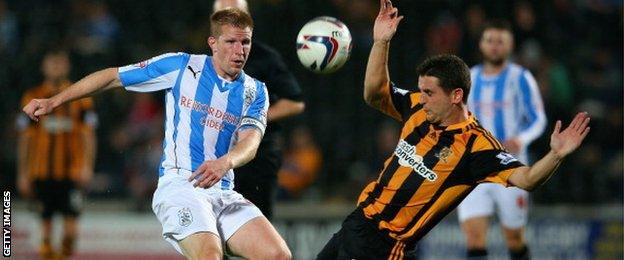
Keith Southern says he rarely trains on 3G pitches because they can aggravate old injuries
"I can say for certain that the vast majority of players would not want to play on them. They are more rubbery and sandy and you don't get the same quality of passing.
"They also give you blisters and if you've got a sore knee, or a weakness in a joint, I think they increase the chance of injury."
And managers?
Same story. Quite a few have voiced their concerns, with Northampton boss Chris Wilder among them.
"Artificial pitches have their place, particularly helping youngsters develop their game, but I don't think they should be used in the English professional game," Wilder said. "All Football League games should be played on grass."
3G or not 3G? | |
|---|---|
3G pitches consist of artificial blades supported by sand and rubber crumb | They can be laid on various shock absorbing bases to suit different sports |
3G pitches cost around £500,000 to install | They can be used in all weather |
So what does a tied vote mean?
That League One and Two clubs will not be able to use artificial pitches next season. But don't rule out it happening at some point in the future.
Conference clubs initially voted against it, then voted in favour six months later.
Just who will be brave enough to introduce the first plastic pitch in League One or Two, though, remains to be seen.
- Published6 November 2014
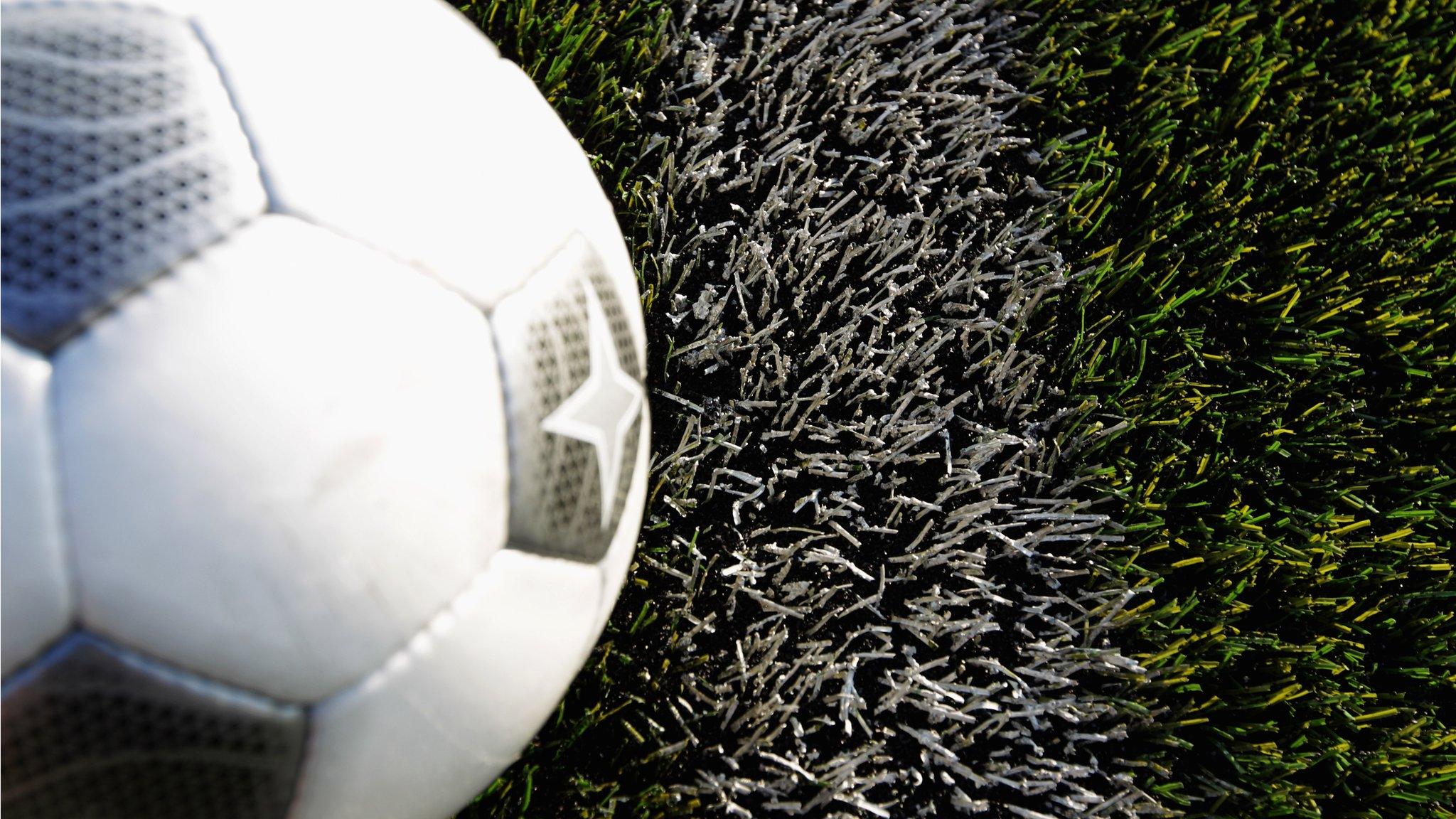
- Published9 October 2014
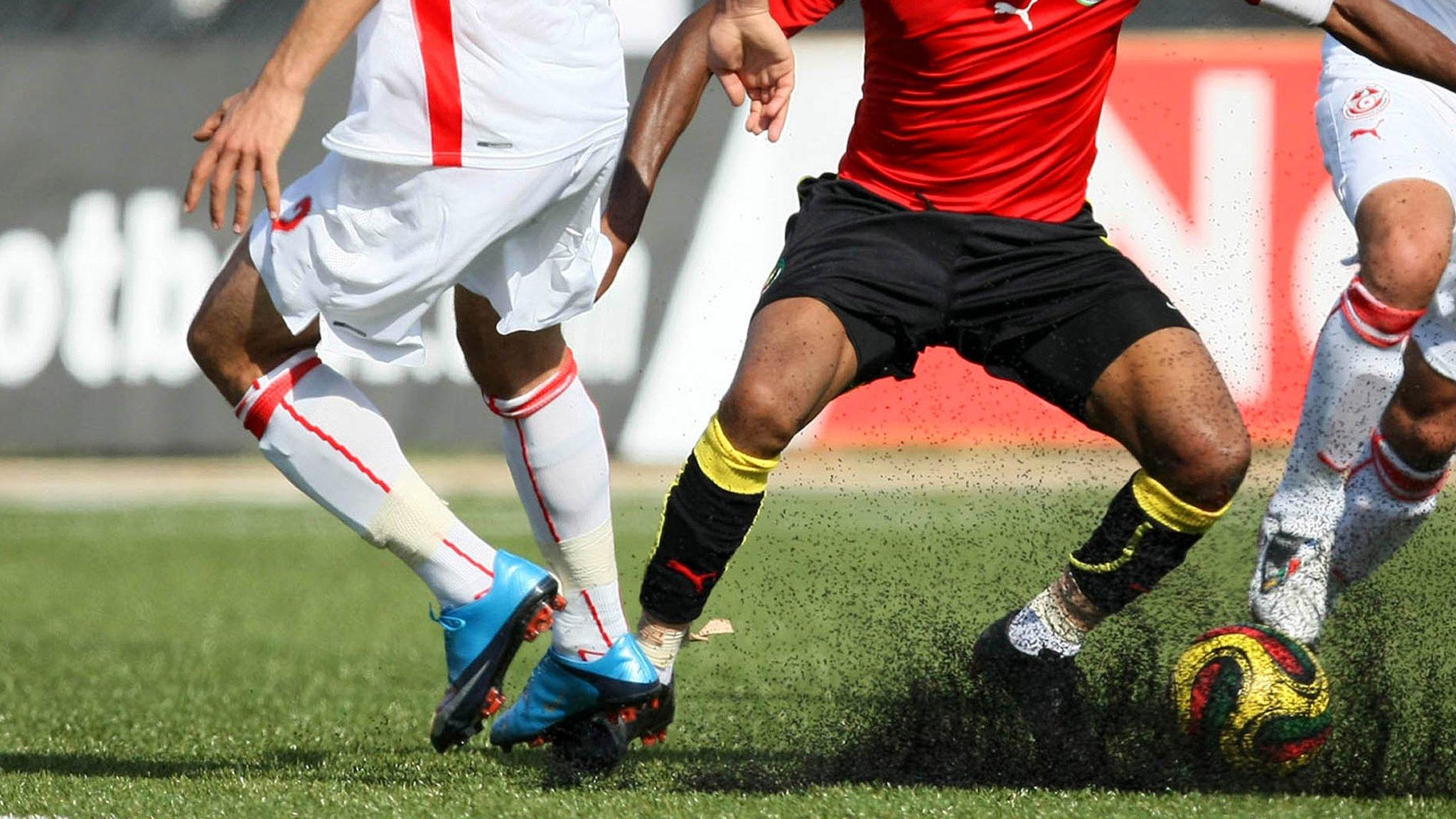
- Published26 September 2014

- Published24 March 2014

- Published31 July 2014
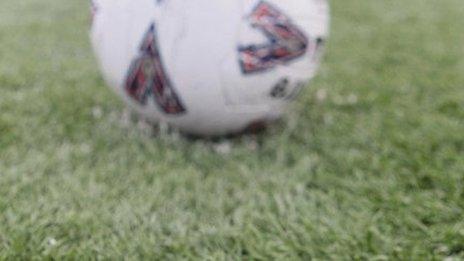
- Published20 June 2016
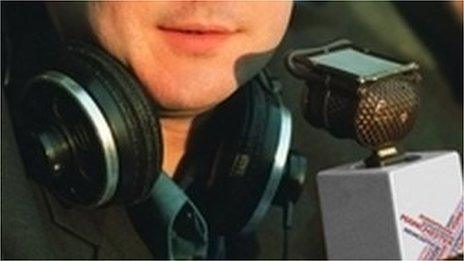
- Published7 June 2019
